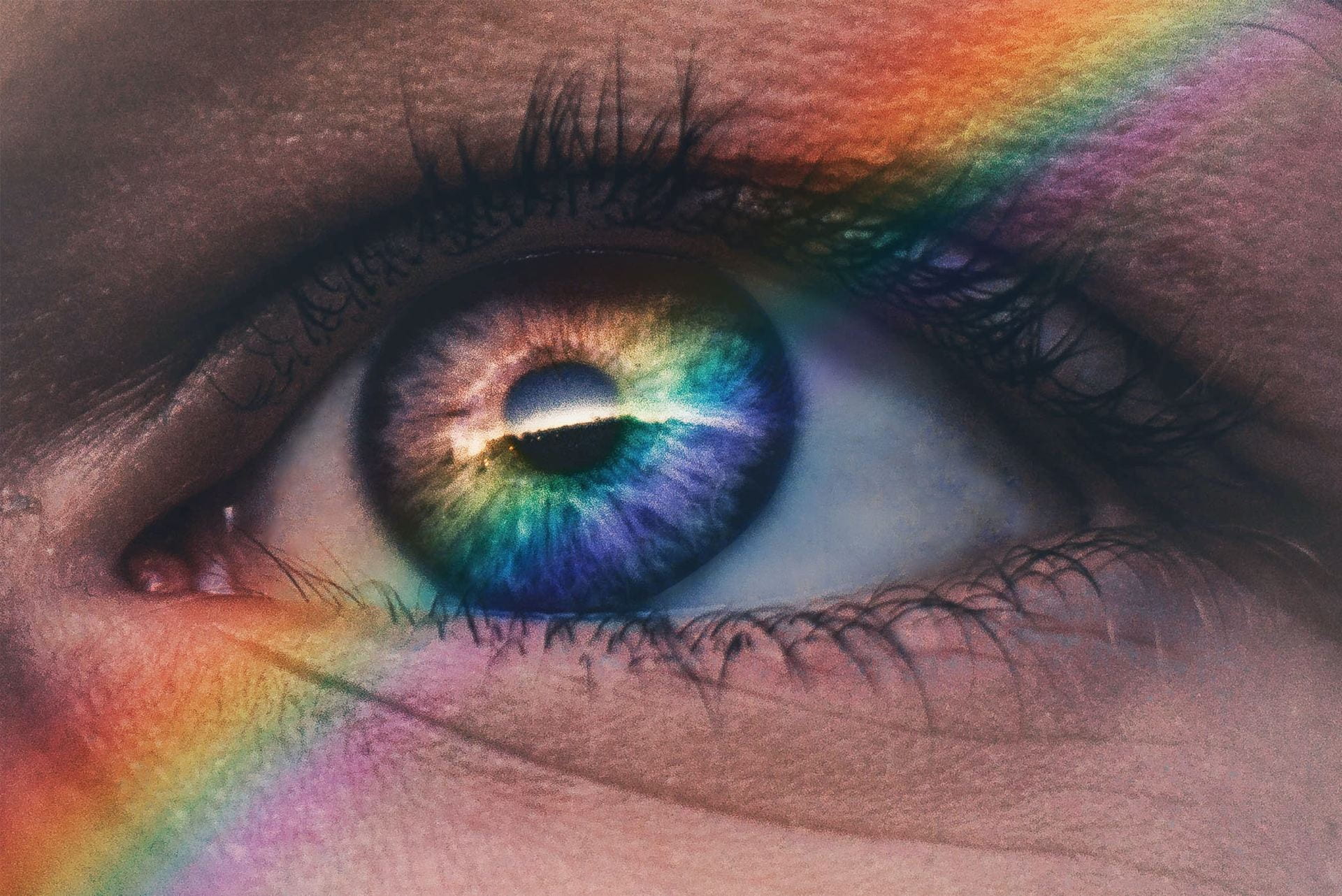Research and the real world

Neural plasticity
Neural plasticity – the brain’s remarkable ability to adapt to change – has triggered a paediatric research program on amblyopia (“lazy eye”), a problem affecting 3% of New Zealand children. There is ongoing development of treatments involving modern technology such as video-game play, a popular alternative to eye-patching.
Retinal degeneration
Myopia
By 2020 the World Health Organisation estimates there will be 1 billion people affected by myopia in the world. Research conducted in the Myopia Lab spans the spectrum from the underlying mechanisms of the development of myopia to commercialisation of solutions. Our research led directly to the design and commercialisation of special contact lenses to slow the progression of short-sightedness.
Ocular imaging
Children's vision
The visual system system continues to develop after birth, and our research on children’s vision is aimed at understanding the factors which affect visual development in infants and children, so that problems in later life can be avoided. This research has developed the Auckland Optotypes, a new set of symbols for better assessing the vision of children who are too young to identify the letters on a traditional eye chart.
Community Eye Health
We want everyone living in Aotearoa to have good eye health. Good eye health supports overall health and wellbeing and enables participation with whānau, in the community, at school and at work. Our work aims to identify ways to deliver more accessible and equitable eye health services and improve eye health in Aotearoa, particularly for under-served communities Find out more about our work here.